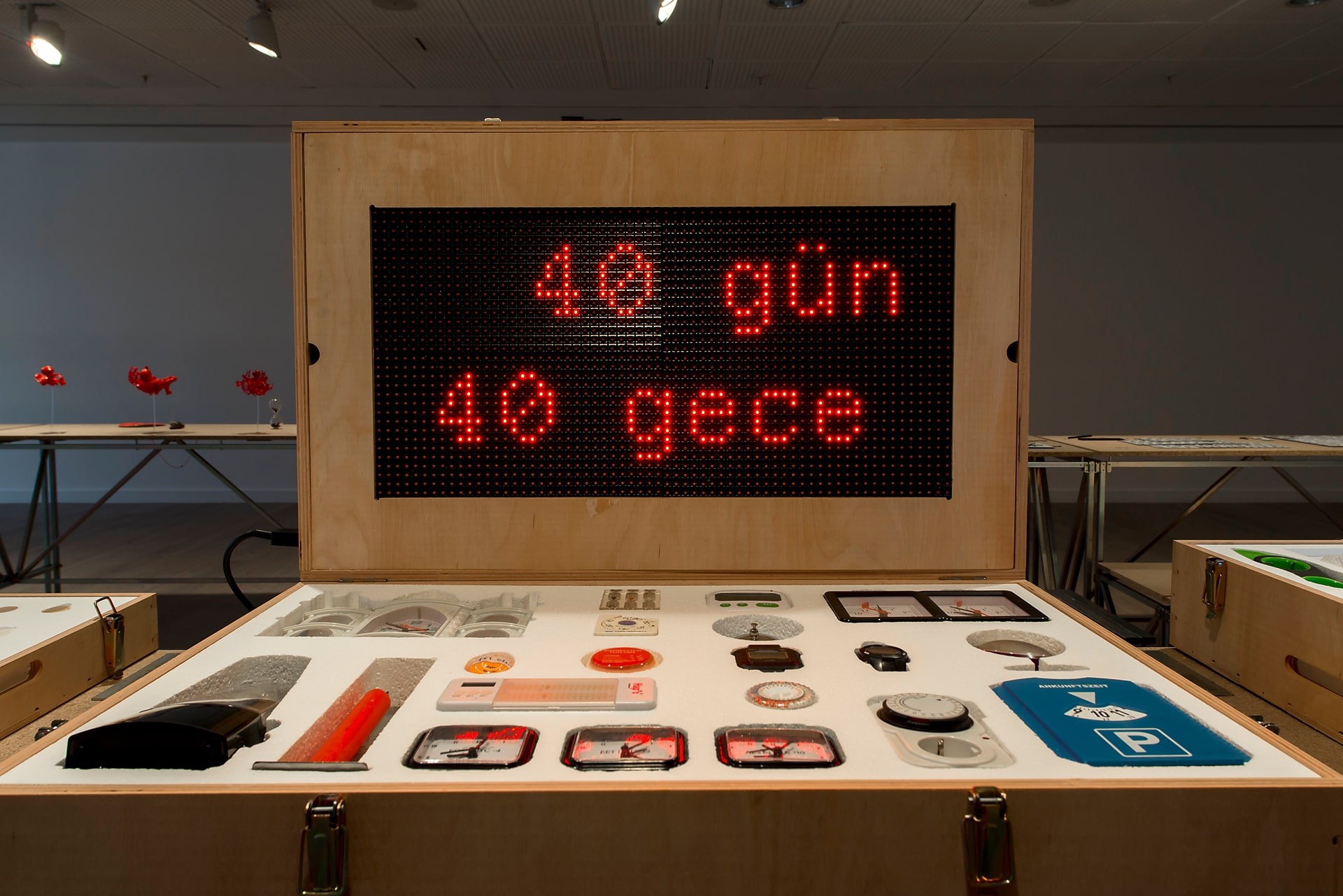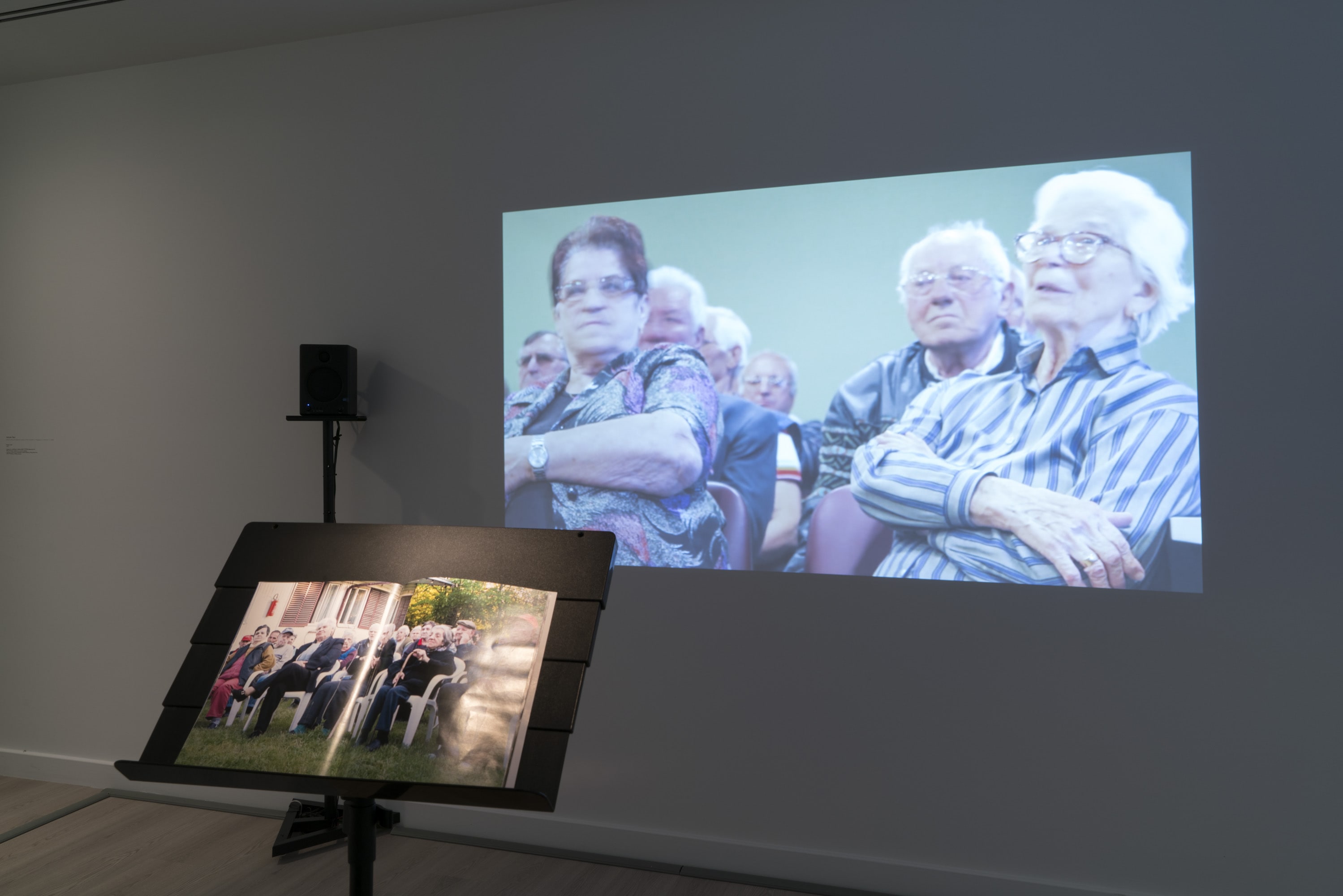Artist: Nicola Lorini
2019, 7', color
Inspired by its Anatolian Weights and Measures Collection, Pera Museum hosted a contemporary video installation titled For All the Time, for All the Sad Stones between September 5 - November 24, 2019 by artist Nicola Lorini. The installation was centered around a video with sound, and includes a set of sculptural objects made of different materials including sand, silicone and deer bones. Having taken its starting point from recent events, in particular the calculation of the hypothetical mass of the Internet and the loss of weight of the model of the kilogram and its consequent redefinition, the installation reminded us of the post anthropocentric understanding of time and history in these days when our social practices are fundamentally being changed.

Pera Museum presented a talk on Nicola Lorini’s video installation For All the Time, for All the Sad Stones, bringing together the artists Nicola Lorini, Gülşah Mursaloğlu and Ambiguous Standards Institute to focus on concepts like measuring, calculation, standardisation, time and change.

Our Cold Front from the Balkans exhibition focuses on different generations of artists and art groups from the Balkan region. Throughout the exhibition, we keep sharing detailed information about the artworks. Take a look at Mark Požlep’s “Stranger than Paradise” video installation. Also you can check our interview with the artist on our YouTube channel!
Tuesday - Saturday 10:00 - 19:00
Friday 10:00 - 22:00
Sunday 12:00 - 18:00
The museum is closed on Mondays.
On Wednesdays, the students can
visit the museum free of admission.
Full ticket: 300 TL
Discounted: 150 TL
Groups: 200 TL (minimum 10 people)